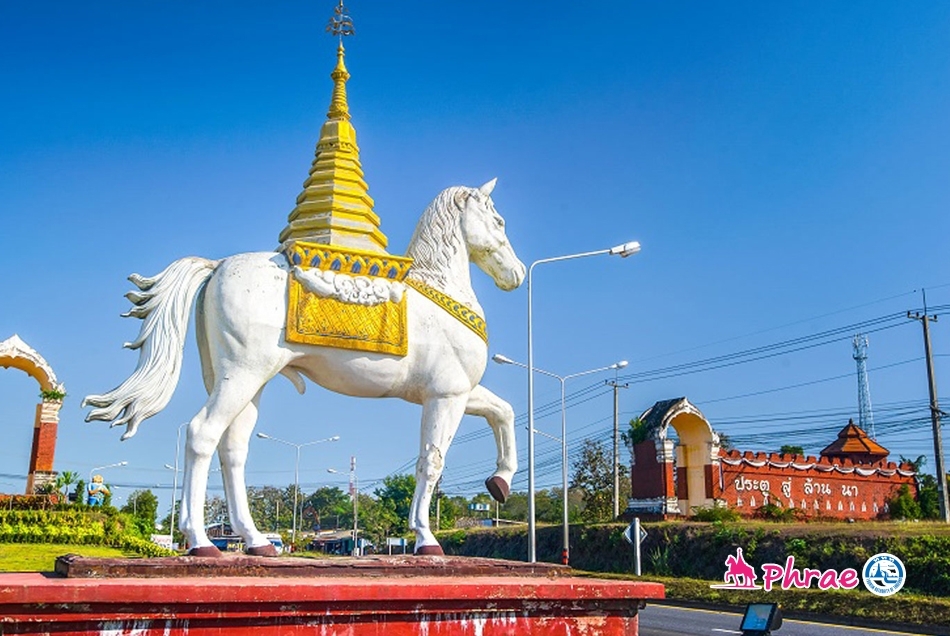
An ancient city of Lanna, Phrae does not only have plentiful natural attractions to offer but also long fascinating civilization and cultural heritage. An old and important community of Northern Thailand
Like Chiang Mai, Phrae retained its fortified old city contains sleepy alleyway lined with teak houses that are outstanding examples of traditional Thai architecture and a number of beautiful temples.
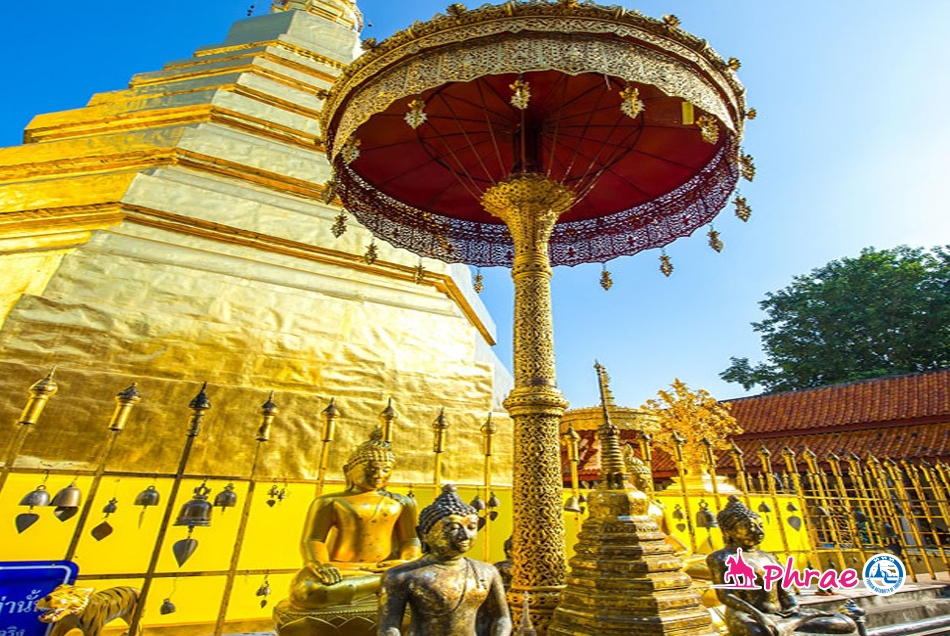
Located in Tambon Cho Hae, this temple is about 9 kilometres from the provincial city of Phrae (Highway No. 1022). Legend has it that this 33-metre-high and 11-metre-wide Chiang Saen-style chedi housing the hair and left elbow relics of the Lord Buddha, was built by Khun Lua Ai Kom during 1336 – 1338, which was in the reign of Phra Maha Thammarachathirat Lithai. This octagonal chedi has a square base with 12 redented corners. It is made of brick and mortar, covered with brass plate, and is lacquered and coated with gold inlay. The name of the temple refers to fine silk, which was first used to wrap around the chedi, woven in Xi Shuang Banna. Some say that it was named after the satin given as an offering by Khun Lua Ai Kom. The Phra That Cho Hae Fair is held annually in March. Tel: 0 5459 9209
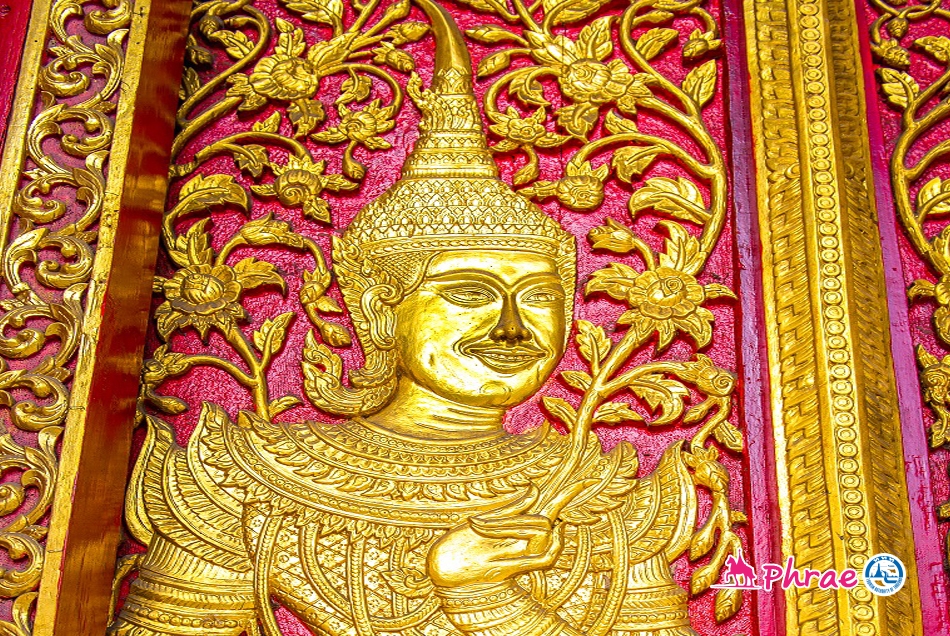
Built in 1955, this temple is located on Charoen Mueang Road near the provincial hall. In fact, Wat Phrabat Ming Mueang Worawiharn comprises 2 ancient temples: Wat Phrabat and Wat Ming Mueang. It houses Phra Phutthakosai Sirichai Mahasakayamuni, which is the principal Buddha image of Phrae, as well as, an old pagoda called Phra Chedi Ming Mueang, and a replica of the Buddha footprint.

Built in 1907 by Chao Phrom (Luang Phong Phibun) and Chao Sunanta Wongburi, who is the daughter of Phraya Burirat, Khum Wongburi is located at number 50, Kham Lue Road (behind the Governor’s residence at the Phra Non Nuea Intersection). The builders were Chinese from Canton while the carpenters were locals. A two-storey teak house with a European inspiration, the house rests on a foundation of brick and mortar that elevates it one metre above the ground. A double-tiered roof has a ventilation passage between the two levels to improve air circulation. With the house facing south-west, it is, therefore, quite breezy in summer. An outstanding feature of Khum Wongburi is its elaborate woodcarvings, which can be found on all its gables, eaves, verandahs, ventilation passage, eaves boards, as well as, doors and windows. The front door features a goat stucco relief representing the year Luang Phong Phibun and Chao Sunanta were born. There were some restorations but the original carvings remain intact. Inside includes some of the family’s heritage such as furniture, silverware, earthenware, and important documents like a slave trading contract. Khum Wongburi won the “1993 Outstanding Conservation Award” from the Association of Siamese Architects under Royal Patronage. It has also been used as a filming venue and been published in many magazines. In addition to that, a northern-style dinner or Khan Tok for a group tour is held by pre-arrangement. The house is open daily to the public from 9.00 a.m.-5.00 p.m. with an admission charge of 30 baht.
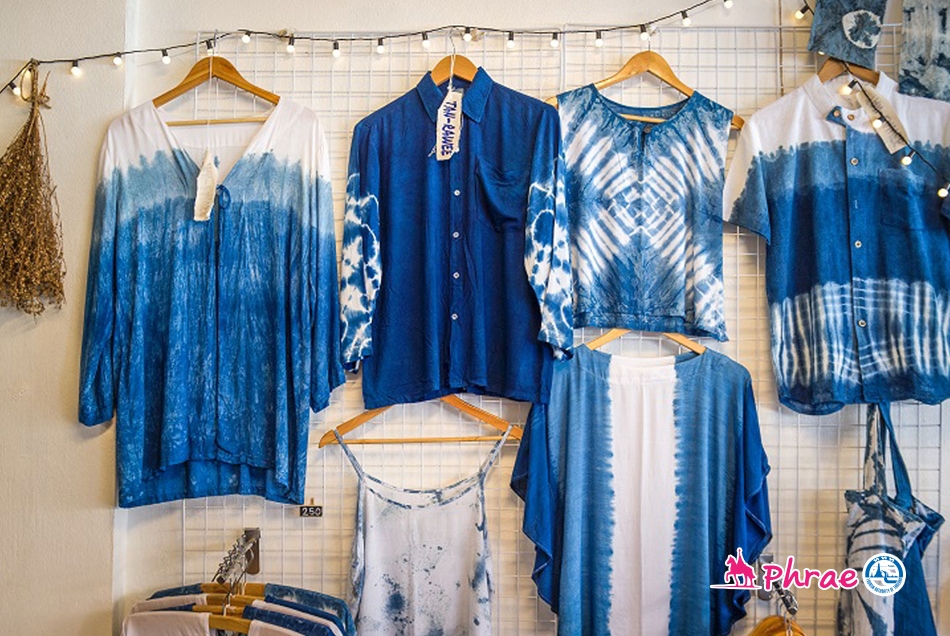
Located on Yantrakit Koson Road, which is about 4 kilometres from the provincial city of Phrae, along Highway No. 101 (Phrae - Nan route), is Ban Thung Hong, a village noted for the making of Mo Hom shirts from local cotton fabric dyed in indigo blue used in making garments.
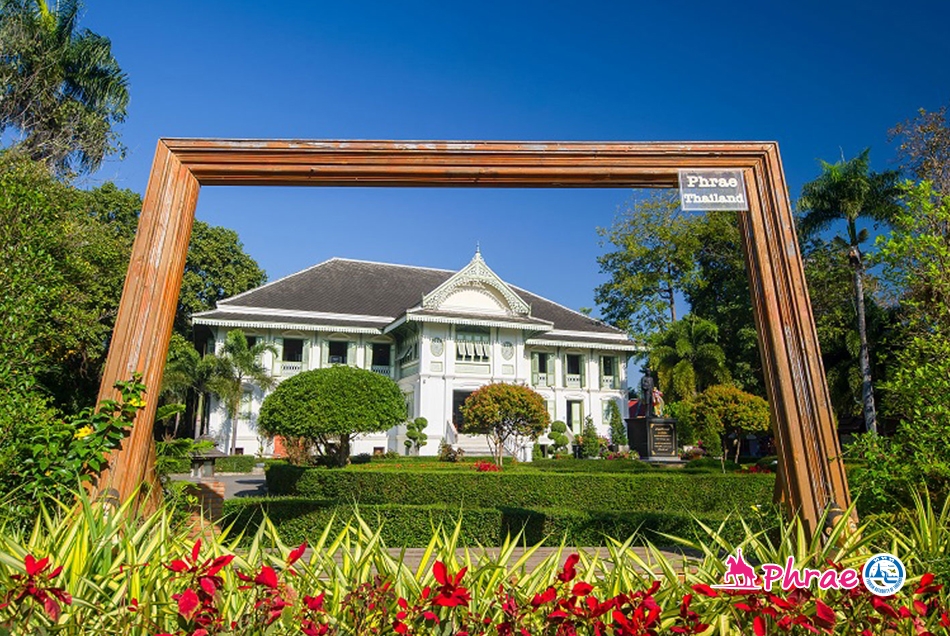
The residence of the Phrae rulers is currently the Governor's residence situated on Khum Doem Road. Built in 1892 by Chao Luang Phiriyachai Thepphawong, the house’s outstanding features include spaciousness, 72 windows and doors, elaborate woodcarvings found on the windbreak on the gable and eaves boards, as well as, fretwork around the premises. In addition, this two-storey house is made of bricks and cement but no foundation pillars are in place. Instead, they are replaced by logs of hard wood like Burmese Rosewood. The middle room with no sunlight was used to imprison slaves with serious offences, while those rooms on the left and right wing with little sunlight were used to imprison slaves with petty offences. Open daily 8.30 a.m. – 04.30 p.m.